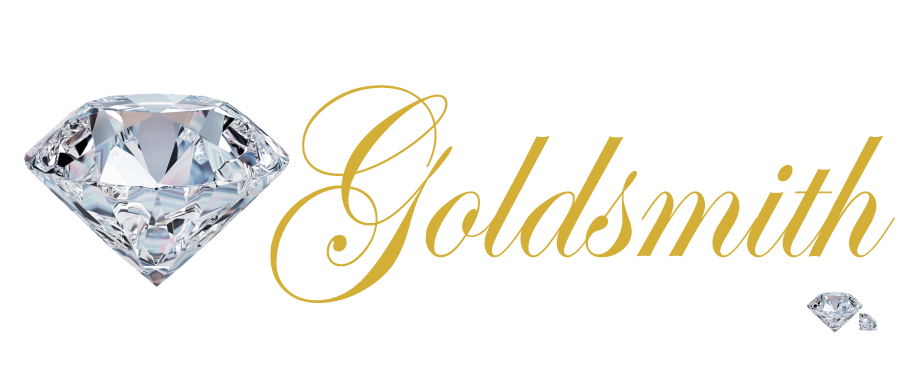Creating custom jewelry involves several steps, including designing with CAD (Computer-Aided Design), casting, and finishing.
Here is an overview of the process:
Initial Consultation:
The process begins with a consultation between the jewelry designer and the client. During this meeting, the client discusses their ideas, preferences, and any specific design elements they want in the piece.
Material Selection:
Once the design is finalized, the client and designer select the materials for the jewelry, such as the type of gold, gemstones, and any other elements like enamel or wood.
3D Printing or Wax Model:
A wax model or a 3D-printed version of the jewelry is created based on the CAD design. This model serves as a prototype for the final piece. It can be inspected for fit and design accuracy.
Casting:
The wax model or 3D-printed prototype is used to create a mold. This mold is typically made from a heat-resistant material. The wax is melted out or the 3D print is burned away, leaving an empty cavity in the mold.
Casting the Metal:
The selected metal (e.g., gold) is melted and poured into the mold cavity, taking the shape of the design. This process can be done through various methods, including centrifugal casting, vacuum casting, or lost-wax casting.
Finishing:
After the metal has cooled and solidified, the rough casting is removed from the mold. This piece is known as a casting blank or casting tree, which may have multiple jewelry pieces attached to it.
The next step involves refining and finishing the piece. This includes removing any excess metal, smoothing surfaces, and adding texture or details as required.
Setting Gemstones:
If the jewelry includes gemstones, they are carefully set into their designated positions. This requires precision and skill to ensure the stones are secure and aligned properly.
Polishing and Cleaning:
The jewelry is polished to achieve a desired finish, whether it’s high shine, matte, or textured. It is then cleaned to remove any residual casting or polishing compounds.
Quality Control:
The final piece is thoroughly inspected to ensure it meets the design specifications and quality standards. Any necessary adjustments or repairs are made at this stage.
Final Presentation:
The completed custom jewelry is presented to the client for approval. If everything is as expected, the client takes possession of the unique piece.
Throughout the entire process, communication between the client and the jewelry designer is essential to ensure the final product meets the client’s vision. Custom jewelry making requires a combination of artistic design, technical skill, and attention to detail to create a one-of-a-kind piece that is both aesthetically pleasing and structurally sound.
